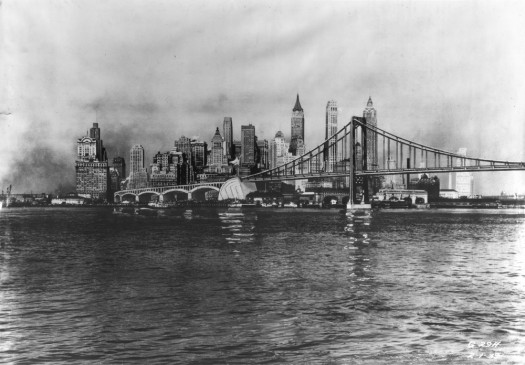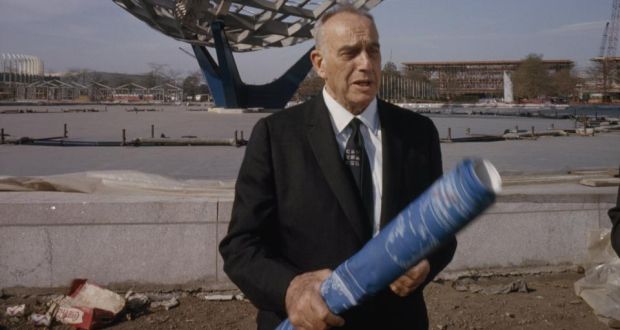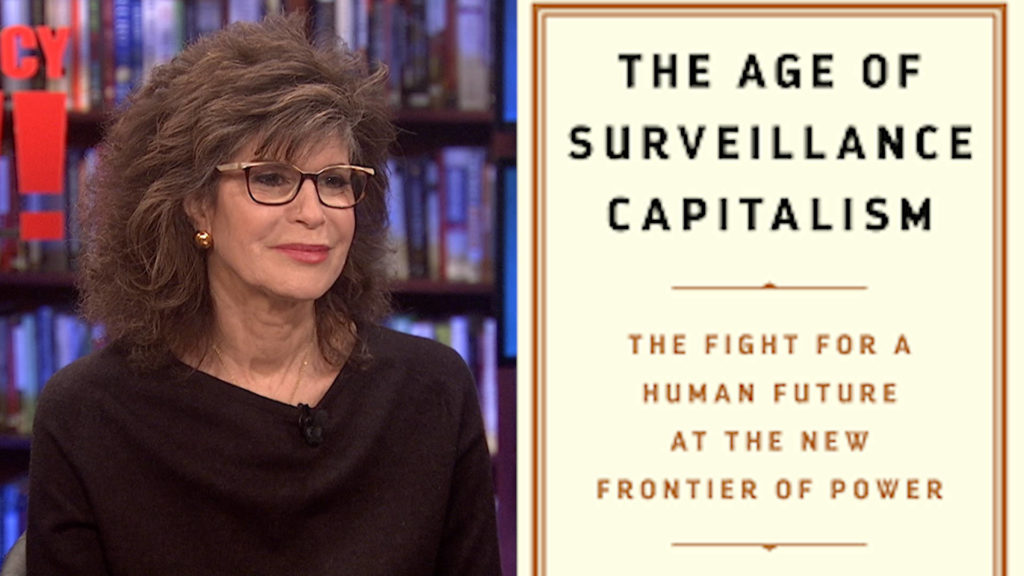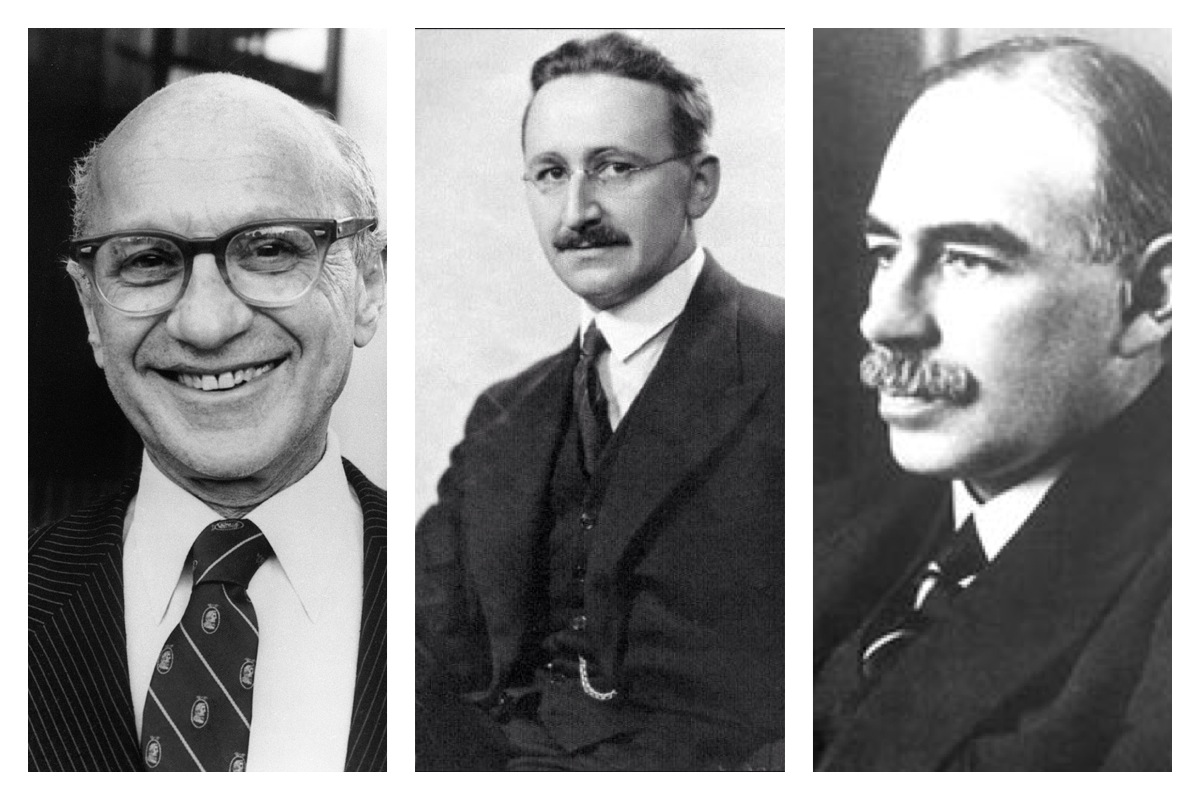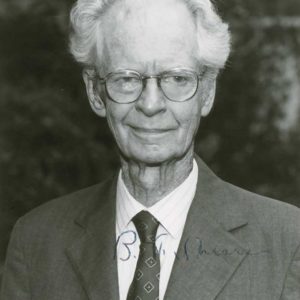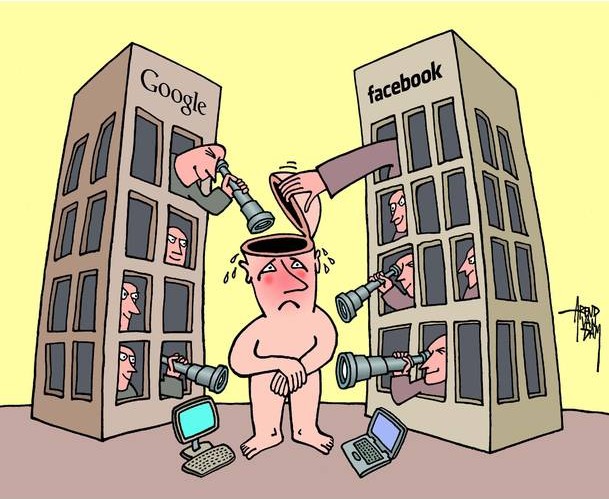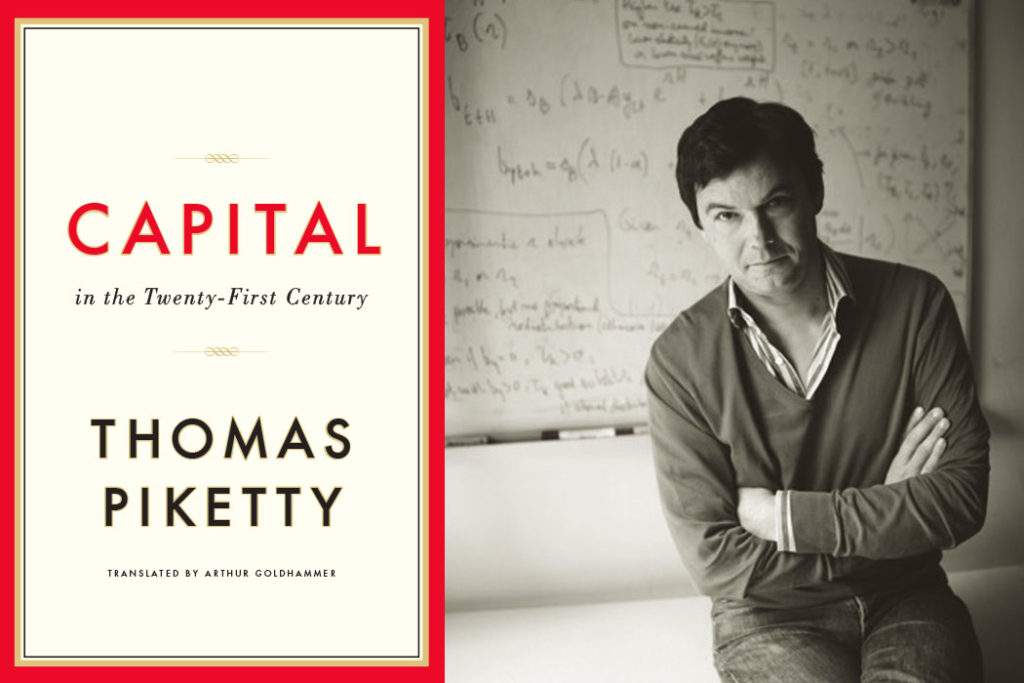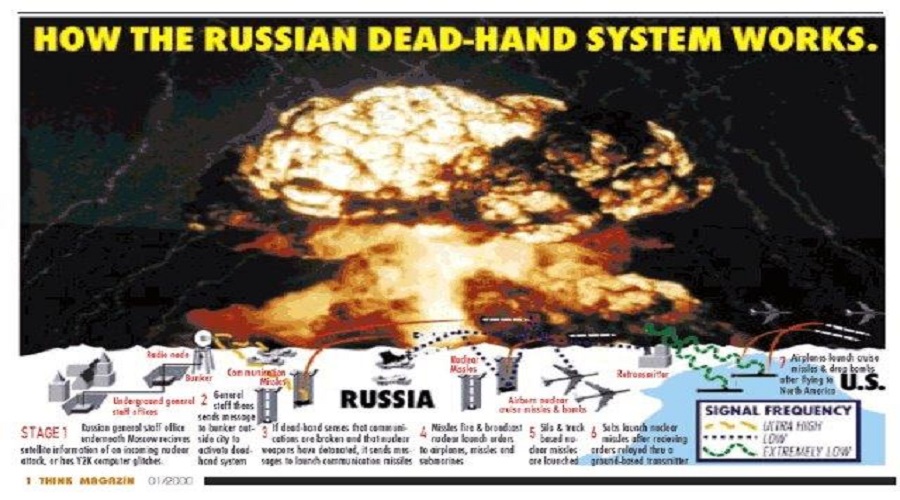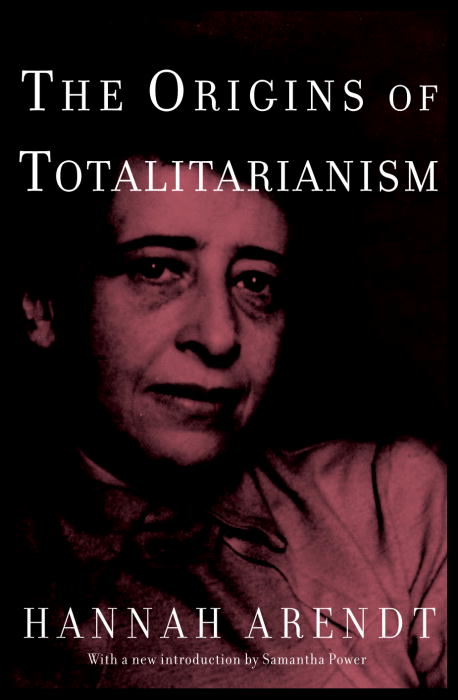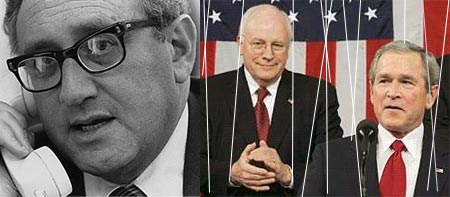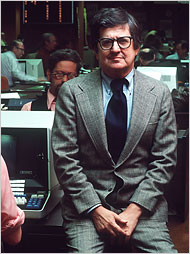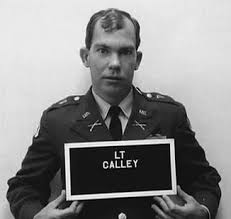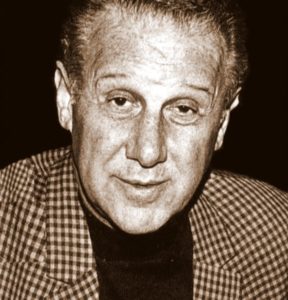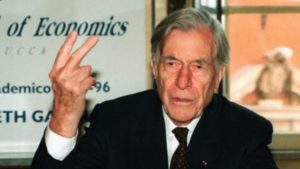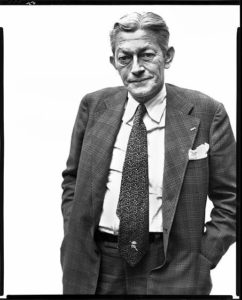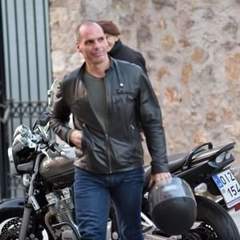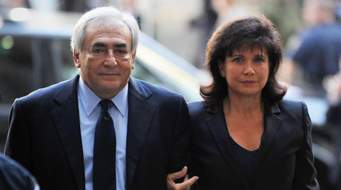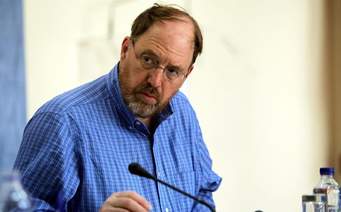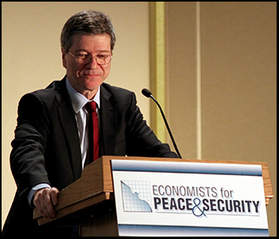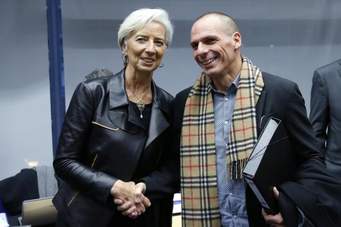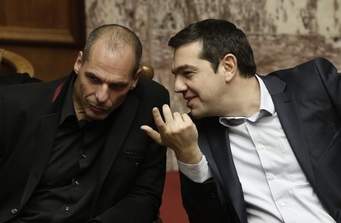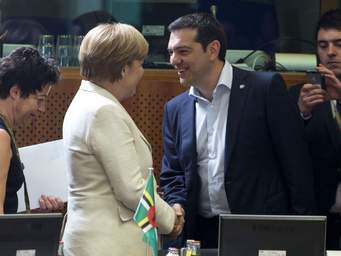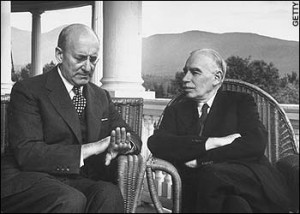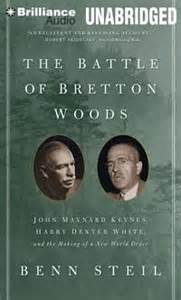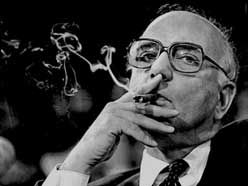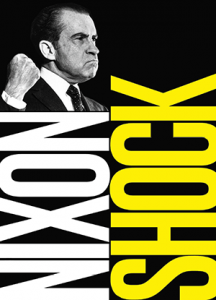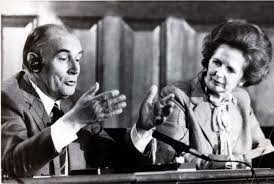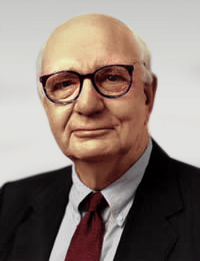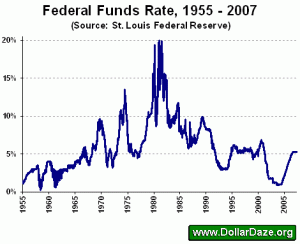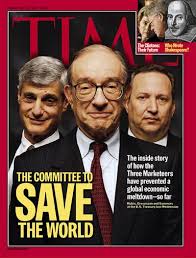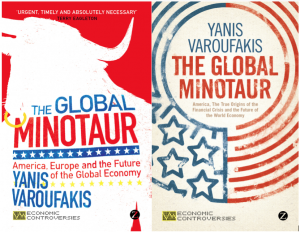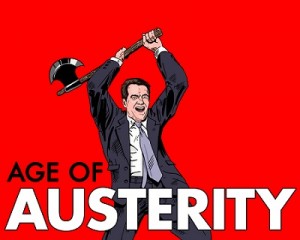FDA Fails to Assure Safe Generic Drug Supply
Monday, July 15th, 2019Bottle of Lies; The Inside Story of the Generic Drug Boom, Katherine Eban, 2019
Katherine Eban 
The US government is prevented from negotiating drug prices through Medicare, Medicaid, and the ACA because of industry lobbies. The exclusive way the government has chosen to attempt to control runaway drug prices is through generic drugs. Generic drugs must be proven to be bioequivalent to brand-name drugs. Healthy volunteers are given the drug and their blood measured to determine the maximum concentration (Tmax) and peak concentration (Cmax) of drug in the blood. The blood can not fall below 80% or rise above 125% of the brand-names concentration. Companies are required to impose a 90% confidence interval on their testing to assure that less then 20% of samples fall outside the range. Drug companies are required to run these tests themselves. What happens if a foreign or domestic drug company sets out to systematically generate false test results in order to deceive and defraud the FDA? This is the story of one such company Ranbaxy Laboratory of India.
To increase companies incentives to produce generic drugs, the FDA offered a six month exclusive to whichever company first filed an application to produce a generic dug. On Aug 19, 2002, Ranbaxy submitted a 7,500 page application to produce Pfizer’s Lipitor then a blockbuster drug at $2.5 Billion annually. The Lipitor patent was set to expire in 2011.
Ranbaxy hired two Indians working for Bristol-Meyers Squibb. Rashmi Barbihaiya had been developing drugs for BMS for 21 years. Dinesh Thakur specialized in the application of robotics to eliminate human error from the manufacturing process. Thakur had helped Barbihaiya transfer and reconcile data from a BMS purchase. Barbihaiya decided to join Ranbaxy, set to acheive sales of $1 billion in 2002, and suggested Thakur join him. Thakur arrived in India on Aug 17,2002, two days before the Lipitor application was filed. Thakur had just become a US citizen.
Barbihaiya mysteriously quit Ranbaxy in 2004 receiving a sizable severance package (Hush money?). Thakur’s new boss in 2004 was London trained Arun Kumar who immediately started finding troubling discrepancies in testing and data. In mid 2004 he assigned Thakur to thouroughly research the records and data. On October 14,2004 Kumar met with members of the scientific committee of the Ranbaxy board of directors. Kumar showed a PowerPoint of 24 slides prepared by Thakur entitled “Risk Management for ANDA Portfolio”. The presentation showed that Ranbaxy had lied to regulators, falsified data, and endangered patient safety in almost every country where it sold drugs. More than 200 products in more than 40 countries had data that were fabricated to support business needs. The board asked Kumar if he could bury the data. Realizing the problems were systemic coming from the top, Kumar resigned. Ranbaxy did not know Thakur had prepared the presentation.
Dinesh Thakur 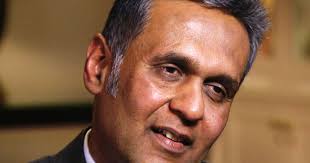
Thakur’s grandmother read him tails from the Ramayana and the Mahabharata and he credits his moral and ethical grounding in these stories. He resigned Ranbaxy after 32 months and with no plans for what to do next. On Aug 15, 2005, after wrestling with his conscience for four months following his resignation, Thakur posted, in broken English, an email using a newly created Yahoo account. Thakur did not consult his wife about his action, because whistle-blowing in India can be fatal with no legal protection. Finally on Nov 2, 2005, Thakur sent the incriminating Power Point Presentation to FDA’s Rivera-Martinez. Andrew Beato’s whistleblower law firm agreed to represent Thakur. Thakur was now protected and his identity would remain secret.
On Nov 30, 2011 the FDA notified Ranbaxy that it was approved to start producing generic Lipitor. Ranbaxy promised they would purchase the active ingredient from Pfizer and produce the drug in an FDA approved facility. They did neither, using their own non approved active ingredient and producing in a non approved facility. The FDA did nothing about this deception believing Ranbaxy would need the revenue from generic Lipitor to pay the settlement. Ranbaxy shipped $600 million in their 6 month exclusive period.
The case was settled May 13, 2013 for $500 million. Thakur received $48 million for his role as whistleblower. No individual was held to account. It had taken the FDA and Justice Dept. almost 8 years to settle the case. Japanese drug maker Daiichi Sankyo had purchased Ranbaxy during this period relying on false information so they sought redress from the International Court of Arbitration in Singapore. In Apr 2016 the court ordered to Singh brothers to pay Daiichi Sankyo $550 million in legal damages.
Former Ranbaxy employees, all highly trained in fraudulent data manipulation and generation are today scattered throughout the industry, even in the US.
The Ranbaxy case defied the imagination of US regulators and investigators so long because the fraud was so all-encompassing. The company’s intricate system for faking data involved hundreds of people. And the US government all but volunteered to be fooled by announcing its inspections in advance.
Rajiv Malik $25 million per year 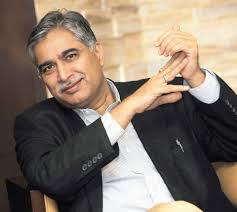
Another company featured here is Mylan Pharmaceuticals, a Pennsylvania based company registered in the Netherlands. In June 2003, Rajiv Malik resigned from Ranbaxy. In Jan 2007, Mylan acquired Matrix Laboratories, an Indian publicly traded drug manufacture. Along with Matrix, Mylan acquired Malik who became executive VP in charge of global technical operations. Malik brought his team of specialists from Ranbaxy with him to Mylan. He quickly rose to become Mylan COO. Heather Bresch, daughter of West Virginia senator Joe Manchin, became CEO of Mylan in 2012. She advocated for and got passed in Jan 2012 the Generic Drug User Fee Amendment (GDUFA) which called for drug producers to pay fees into a fund at the FDA in increase inspections. The fees were also intended to speed up applications for new drugs which had a huge backlog.
Bresch did not understand that her own corporate culture, thanks in large park to Malik, was in need of massive reform.
Mylan agreed to purchase for $1.6 billion, Agila Specialists in India. In June 2013 the FDA scheduled an inspection at a sterile injectable plant in India as part of the Agila purchase. FDA inspector extraordinaire Peter Baker was part of the inspection team. The problems uncovered were massive. Inspection Problems at two more Agila plants followed. All three plants had to be shut down. These plants also supplied Pfizer and GSK creating a worldwide panic.
Deb Autor FDA’s Revolving Door 
Mylan hired Deb Autor, one of FDA’s top officials as its senior vp of strategic global quality and regulatory policy. Malik had suceeded in corrupting almost every Mylan owned plant in India. A Mylan whistleblower came to FDA headquarters with detailed accusations about Malik’s data fraud in India. His detailed information could have guided further inspections of specific plants. The FDA did nothing for a full Year. Remember that Deb Autor was formerly at the FDA and Bresch was a Senator’s daughter. The whistleblower in July 2016 jolted the FDA in an email, holding the FDA accountable for what happened to US patients and suggesting that the FDA revolving door (Autor) was responsible for their inaction. Two inspections at Nashik (India) and Morgantown followed.
Tom Cosgrove Covington Food, Drug and Device Practice Group 2017 
In May 2017 FDA’s director Tom Cosgrove downgraded the FDA findings from Official Action Indicated to Voluntary Action Indicated. Cosgrove then left the FDA.
Another whistleblower from within the Morgantown plant came forward in early 2018 saying that Mylan had developed an embedded culture that permitted fraud. The Ranbaxy fraud virus had spread to the US.
From 2012 to 2018, the agency (FDA) downgraded 112 inspections in India to make the final classification less severe. For company after company — Mylan, Cipla, Aurobindo, Dr. Reddy’s, Sun Pharma, Glenmark — findings of Official Action Indicated (OAI) became Voluntary Action Indicated (VAI). These downgraded essentially nullified the judgments made by its investigators in the field and replaced them with judgements made by bureaucrats in Maryland. Cosgrove and other officials waived import restriction. They chose to communicate confidentially with some firms through so-called untitled letters instead of issuing public reprimands. Politics seemed to guide the agency’s enforcement actions.
After Baker’s inspection at the Pfizer-affiliated Zhejiang Hisun plant, the FDA restricted the import of thirty of the plant’s drug products. But fifteen of the drug ingredients were in short supply in the United States, so the agency lifted the restriction on about half of the drugs, including a crucial chemotherapy drug for treating Leukemia and breast and ovarian cancers.
To Baker, the decision made no sense. According to regulations, the drugs had no place in the US supply. They weren’t good or safe enough. Shortages didn’t change that fact.
In July 2018 a widely used active ingredient for Valsartin a blood pressure medication was found to contain a cancer causing toxin known as NDMA. The ingredient was made by Chinese Zhejiang Huahai Pharmaceuticals who had changed its production process in 2012. In the US more than a dozen manufactures had to recall their product as did dozens more worldwide. Some patients had been consuming the toxins for 6 years. Just a year earlier the FDA had downgraded an investigators report of impurities at another Valsartin ingredient plant to VAI. The company was let off the hook only to end up in the middle of a worldwide scandal a year later.
In 2013 Harry Lever, cardiologist at the Cleveland Clinic, sent a detailed letter to the FDA concerning Wockhardt’s generic metropolol succinate which he found could not control patient’s chest pain, heart rate, or blood pressure. NPR’s The People’s Pharmacy radio program with the Graedons had been flooded with complaints about this generic. The FDA sent Peter Baker to inspect the plant in India. Baker on July 24, 2013 joined two Indian FDA inspectors already on site. Baker had previosly inspected this plant in March. On this inspection they got a partial confession from an employee and amassed further damaging information. One of the inspectors became ill and their hotel room was bugged. Both Wockhardt and Dr. Reddy’s recalled their metoprolol succinate from the market with admission that the drugs were not bioequivalent at all. Lever had been right after all.
In 2008, again reacting to the People’s Pharmacy and Harry Lever’s patient’s generic Toprol XL experience, The Graedons began to focus on extended release (ER) drugs. In 2006 Teva began marketing a generic antidepresent for Wellbutrin XL sold by GSK. The FDA didn’t respond to the deluge of complaints. The FDA had 85 independent reports in 2007 which they ignored. Consumerlabs joined the fight and tested the Teva generic against the GSK. The result was that the generic dumped four times as much active ingredient in the first two hours as the brand name did. So a new, largely unidentified cause, dose dumping, came to the forefront of Doctor’s attention but not that of the FDA. The FDA’s bioequivalence tests were set in 1992. New drugs often feature extended release (ER). They release their doses evenly over a twelve hour period. If a generic dumps its dose quickly, the patient can be potentially harmed, sometimes in dramatic ways. The FDA 1992 bioequivalence definition is out of date and unable to account for the time pattern of dosage for an ER drug. The FDA ignored the results and one official even suggested the difference in dosage might be an advantage. On Apr 16, 2008 the FDA asserted that they had been right to approve the generic. Reading the report, it was clear the FDA had tested the 150 mg and not the 300 mg dose where all the complaints were centered. When asked, the FDA said they were afraid to test the 300 mg because it “might lead to seizures”. When Graedon looked at the 150 test results, the dosage dumping of the generic was still clear and unmistakable. It took five years for the FDA to agree to revisit the tests. They finally agreed that Teva’s drug was not bioequivalent. In 2010, the FDA official obstructing the Teva investigation, Gary Buehler, left the FDA to become vp of global regulatory intelligence and policy at Teva, another classic example of regulatory capture and the FDA revolving door.
Gary Buehler FDA To Teva 
In June 2018 a woman arrived at Cleveland Clinic suffering from chest pain and shortness of breath. The 35 year old woman had had a successful heart transplant three years previously and had been taking the immunosuppressant Prograf daily to prevent organ rejection. But six months earlier, a CVS pharmacy refilled her prescription with generic tacrolimus, made by Dr. Reddy’s. Over the six months she felt progressively worse. Lever and his colleague Randall Starling sent her blood tests and tacrolimus capsules to a Massachusetts laboratory. The patient died of a heart attack in Sept. 2018. Preliminary test results from Massachusetts showed that tacrolimus released its active ingredient very rapidly compared with the brand.
Revising bioequivalence to address ER and dose dumping has not been done by the FDA. Peter Baker was no longer sent to do inspections and has left the FDA.



